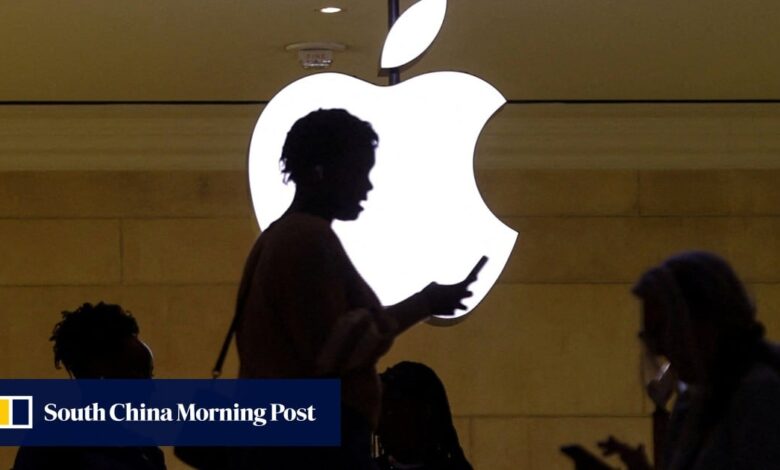Apple plans to revamp Siri with generative AI technology to let users control apps with voice

As part of the roll-out, more basic AI tasks will be processed on devices themselves, while more advanced capabilities will be handled via cloud computing.
The company also has been forging a deal with OpenAI to integrate the start-up’s chatbot and other technology into the iOS operating system, and it remains in talks with Google parent Alphabet to use its Gemini software in the future.
Apple software boss Craig Federighi has told his teams to develop as many new AI features as possible for this year’s operating system updates.
Siri will be a key focus of the WWDC unveiling. The new system will allow the assistant to control and navigate an iPhone or iPad with more precision. That includes being able to open individual documents, moving a note to another folder, sending or deleting an email, opening a particular publication in Apple News, emailing a web link, or even asking the device for a summary of an article.
A representative for Cupertino, California-based Apple declined to comment.
Today, Siri is limited mostly to broader commands like playing music playlists, looking up information or controlling smart home appliances. The company also offers what are known as app intents to developers, allowing them to craft ways for Siri to tap individual features. In 2018, Apple launched Siri Shortcuts as well, letting users manually create commands for app features.
The new system will go further, using AI to analyse what people are doing on their devices and automatically enable Siri-controlled features. It will be limited to Apple’s own apps at the beginning, with the company planning to support hundreds of different commands.
The feature is one of Apple’s more complex AI initiatives and is not planned for release until as soon as next year, when it will be part of a subsequent update to iOS 18, according to the people. The first version of the new operating system will launch in September, around the same time as the next iPhone models.
At the start, the new Siri will handle one command at a time, but Apple has plans to to allow users to chain commands together. For example, they could ask Siri to summarise a recorded meeting and then text it to a colleague in one request. Or an iPhone could theoretically be asked to crop a picture and then email it to a friend.
A major component of the new push is a system that will use AI to automatically determine if a function should be handled on the device or via the cloud.
That has raised some privacy questions. While on-device tasks will not share personal information, the cloud-based approach will require some user data to be transferred to remote servers. The information will be protected by the so-called Secure Enclave in the high-end Apple Mac chips powering the data centres, Bloomberg reported earlier this month.
Apple will attempt to further reassure customers that their data is private by creating an “intelligence report” that explains how the information is secured. The iPhone maker also will not build profiles of customers – something it has criticised Google and Meta Platforms for doing.
With the Siri upgrade, Apple is looking to reinvigorate a pioneering product that fell behind competitors’ services. The company first launched Siri in 2011, giving it a head start in voice-based interfaces and AI. But Apple soon lost that lead to Amazon.com’s Alexa and the Google Assistant. Then it was caught flat-footed again when generative AI chatbots emerged two years ago.
Apple also is contending with a sales slowdown, and its shares have underperformed those of peers this year. The stock is down about 1 per cent in 2024, compared with a 10 per cent gain for the tech-heavy Nasdaq 100 Stock Index. Apple was up 0.5 per cent to US$191.29 in New York on Thursday.
Apple is betting that the new AI features for the iPhone, iPad and Mac – as well as the Siri enhancements – will encourage users to upgrade their devices. Many of the on-device AI capabilities will require an iPhone 15 Pro or later to work. Macs and iPads, meanwhile, will need at least an M1 chip.



